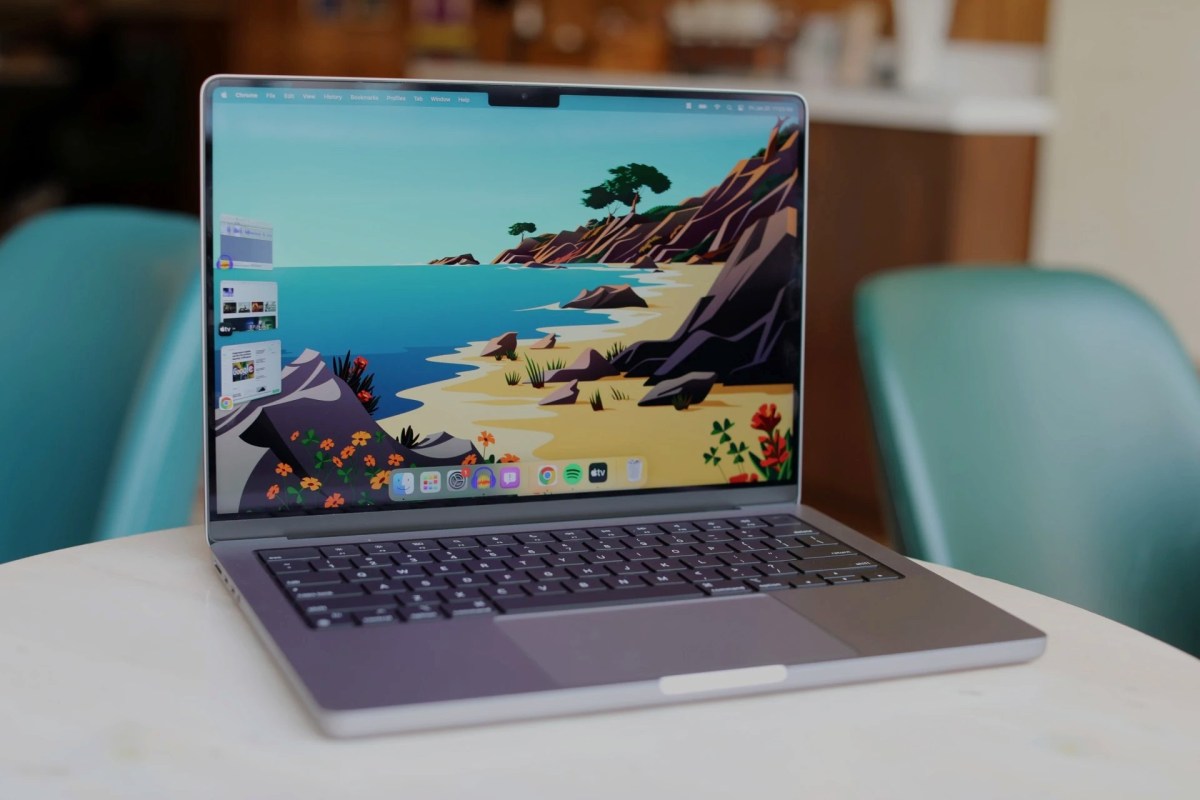The Evolution of Apple’s Air: A Triumphant Return to Form
Table of Contents
- The Evolution of Apple’s Air: A Triumphant Return to Form
- A Laptop for the Masses
- The Shifting Landscape
- The Evolution of Power and Purpose
- Defining “Professional” in the Modern Era
- A Refined Design and User Experience
- The Power of Ports: Why More is Often Better
- The Need for Flexibility
- The Power of Choice
- A Leap Forward in Performance
- Cooling System: Built to Handle Demanding Workloads
- Real-World Performance: A Smooth and Responsive Experience
- A Breath of Fresh Air
- Beyond Processing Power: A Refined Experience
- A Worthy Upgrade
- Camera Capabilities: A Mixed Bag
- Battery Life: A Standout Feature
- Performance: A Powerhouse for Demanding Tasks
- Conclusion: A Top Choice for Professionals
- A Leap Forward in Performance
- The Future of Mac Performance
- The M2 Pro: A Perfect Fit for Creative Professionals
- Investing in Your Workflow
- The Power of Efficiency
- The Powerhouse You Didn’t Know You Needed: A Look at the MacBook Pro
Apple has finally achieved a near-perfect balance with the M2 Air. It represents the pinnacle of refinement for this laptop line, culminating from years of iterative updates and a realization that certain features (like the infamous butterfly keyboard and Touch Bar) simply weren’t working, no matter how hard they tried.
A Laptop for the Masses
The 2022 MacBook Air stands as a testament to Apple’s commitment to creating a truly exceptional laptop. It surpasses all previous iterations, and I can confidently say that it will remain my top choice until the next generation arrives. Even with the recent introduction of two new Pro models, last year’s Air remains the best mainstream laptop Apple has ever produced.
However, perfection is a subjective concept. No mass-produced device can satisfy everyone’s needs. The Air’s history has always been defined by its compromises. While it currently represents the pinnacle of balance, achieving thinness and lightness inevitably involves making certain sacrifices.
The Shifting Landscape
Apple’s laptop lineup has undergone numerous transformations over time. With the discontinuation of the standard MacBook, the Air has evolved from a travel-oriented ultraportable to Apple’s default laptop choice. The M1 model continues as the budget-friendly option, but the Air remains the ideal choice for the majority of users.
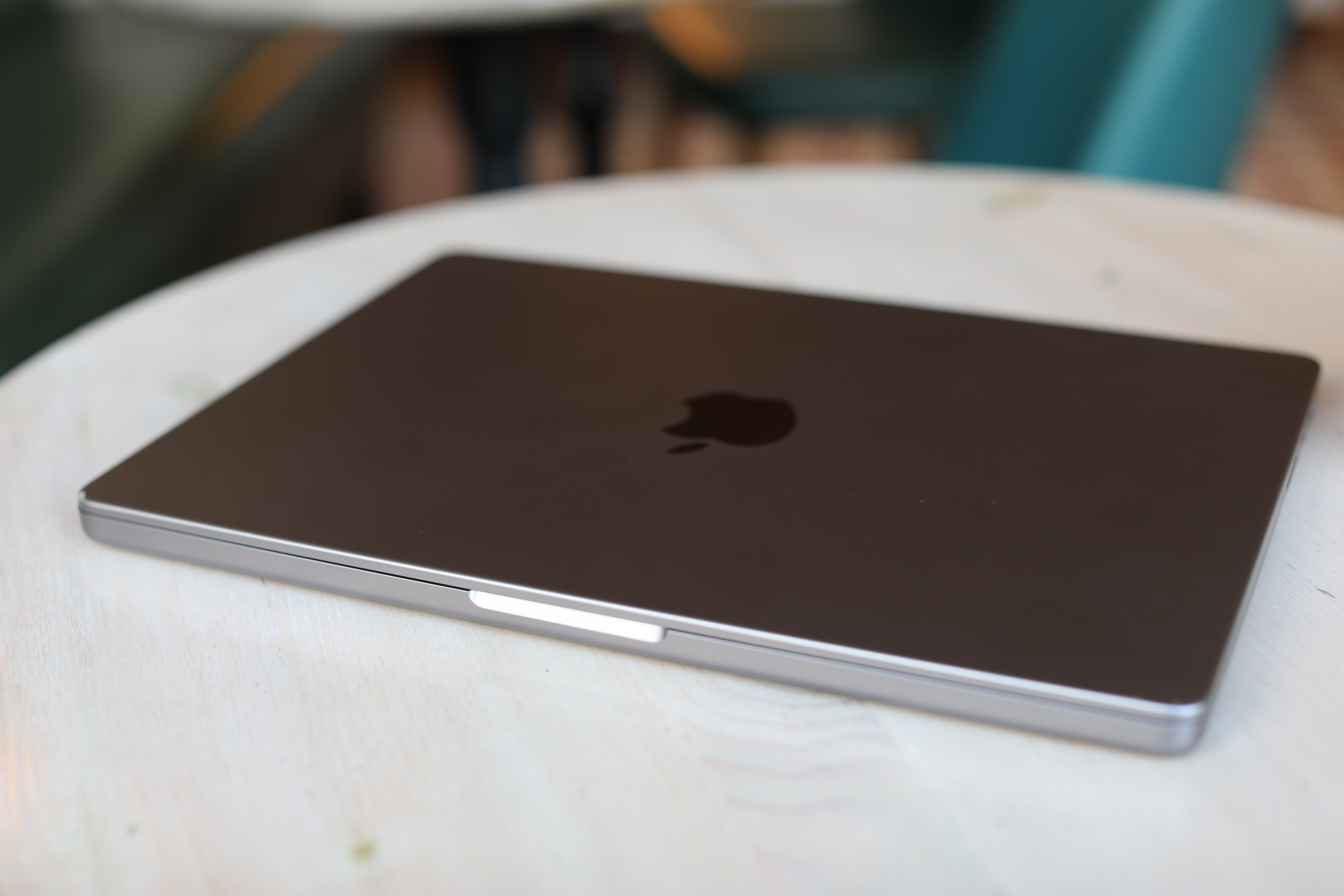
The Evolution of Power and Purpose
Apple’s transition to in-house silicon with the M1 chip in 2020 marked a significant turning point for the company. While these powerful processors deliver impressive performance gains, particularly for demanding tasks like video editing and 3D rendering, the question arises: is this level of power truly necessary for the average user? The $800 price difference between the M2 Air and the M2 Pro MacBook Pro highlights this dilemma. For everyday tasks, the benefits might not justify the extra cost.
Defining “Professional” in the Modern Era
This brings us to the heart of the matter: what does it truly mean to be a “professional” device? While traditionally associated with high-end specs and capabilities, the line is becoming increasingly blurred. The entry-level MacBook Pro, with its Touch Bar and F keys, exemplifies this evolution. The Touch Bar, while initially promising, ultimately failed to gain widespread adoption, leaving many users yearning for the simplicity and familiarity of traditional function keys.
A Refined Design and User Experience
Despite the lingering presence of the Touch Bar on the 13-inch model, the newer MacBook Pro designs have embraced a more refined aesthetic. The return of physical F keys provides a welcome sense of familiarity, while the placement of TouchID remains intuitive and convenient. Apple’s commitment to keyboard quality has also paid off, with the smooth and responsive typing experience now a hallmark of their laptops.
The MacBook Pro continues to be a powerful tool for professionals and creatives alike. However, as technology evolves, so too must our understanding of what constitutes a “professional” device. Apple’s ongoing efforts to balance performance, usability, and design suggest that the future of the MacBook Pro is bright.
The Power of Ports: Why More is Often Better
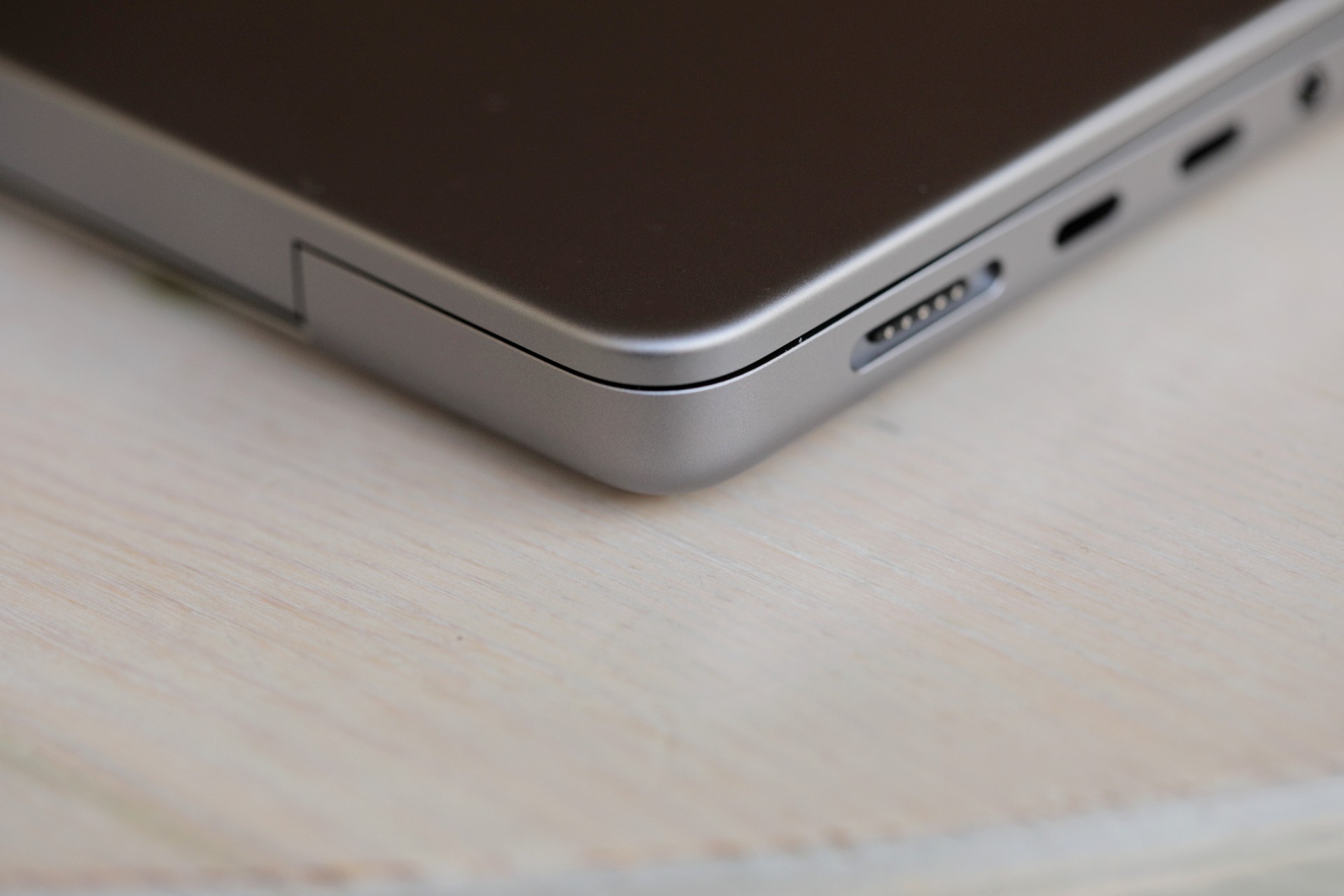
Picture this: you’re at a bustling tech conference like CES, surrounded by the latest gadgets and innovations. You need to transfer files quickly, but your external SD reader has suddenly decided to take an unexpected vacation. This scenario highlights a crucial aspect of modern technology: the importance of having enough ports.
While sleek designs and minimalist aesthetics are appealing, they often come at the cost of essential connectivity options. The MacBook Air, for example, boasts a stunningly thin profile but only offers two Thunderbolt/USB 4 ports. This can be limiting for users who need to connect multiple peripherals simultaneously, such as an external monitor, keyboard, mouse, and storage drive.
The Need for Flexibility
In today’s world, we rely on our devices to handle a wide range of tasks. From work to entertainment, our laptops and tablets are constantly connected to various accessories. Having ample ports ensures that you can seamlessly switch between different applications and workflows without the hassle of dongles or adapters.
Consider the growing popularity of 4K monitors and external hard drives. These devices often require high-bandwidth connections, which Thunderbolt/USB 4 ports can provide. Limiting yourself to a few USB-A ports might result in slow data transfer speeds and compatibility issues.
The Power of Choice
Ultimately, the number of ports on a device should reflect your individual needs and usage patterns. If you’re a casual user who primarily relies on wireless connections, then a limited number of ports might suffice. However, for professionals who demand high performance and versatility, having a wider range of connectivity options is essential.
When choosing a new laptop or tablet, don’t just focus on the screen size or processor speed. Take a closer look at the port selection and consider how it aligns with your workflow. Remember, more ports often mean greater flexibility and freedom to connect to the devices and accessories you need.
it drove house how a lot I’d missed having a built-in card slot after leaping from the Professional to the Air. Should you’re an expert photographer (I’m actually not claiming to be one, thoughts), I don’t must inform you how important a device it’s.
Just like the Air, the Professional sports activities a pair of USB-C ports on the left aspect, just under the MagSafe connector. Considered one of my extremely particular points with the Air is the choice to put the 2 USB-C ports on prime of one another. Placing one on both aspect makes extra logical sense in situations the place the plugged-in object blocks the second port. Right here, fortunately, the third sits on the opposite aspect. I’m amongst those that welcomed the return of MagSafe. It was one of many extra beloved options of MacBooks previous, and an odd factor to drop alongside the way in which.
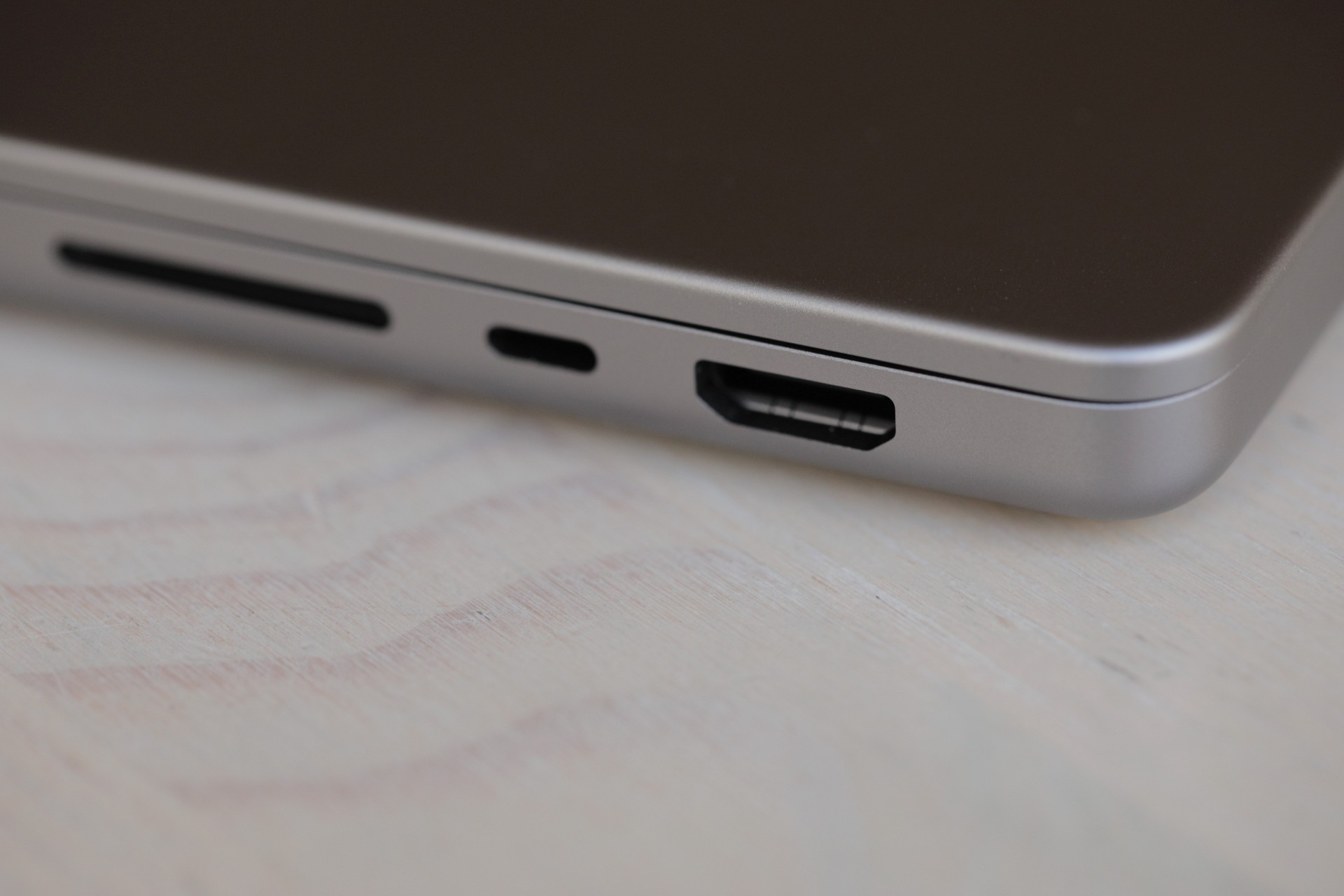
Picture Credit: Brian Heater
It’s price noting that, regardless of being customized constructed for the aim, it really costs a bit slower than USB-C. However the magnetic detachment is just a little further peace of thoughts for the clumsier amongst us (I do declare to be considered one of these, nevertheless), and it frees up the opposite ports for different, noncharging duties. The ultimate port is an HDMI output that helps 8K shows — a primary for the MacBook line and a particularly interesting characteristic for the creator class.
What strikes you first on unboxing the brand new Professional, nevertheless, is the burden. The factor is heavy. The default weight of the 14-inch mannequin is 3.5 kilos. The Air is 2.7 kilos. The 12.9 iPad Professional is 1.5 kilos (sans-keyboard case, thoughts). Should you anticipate that the gadget will spend 50% of its time in your backpack, that is actually one thing price factoring in right here. At 12.31 x 8.71 x 0.61 inches, the footprint can be bigger than the Air (11.97 x 8.46 x 11.97) in each dimension.
Not that any of that is stunning, in fact. That’s form of the entire deal. The Professional delivers much more horsepower and bells and whistles. Being a bit extra stationary simply kind of comes with the territory. That is additionally due, partially, to the Air’s smaller show, which is 13.6 inches to the Professional’s 14.2. A bigger floor space is a foregone conclusion. Along with being bigger, the display screen is solely a factor to behold. The Air’s 2560 x 1664 Liquid Retina show will get a giant bump to a 3024 x 1964 Liquid Retina XDR. It’s actually beautiful and shiny at as much as 1,600 nits for HDR content material or 500 (the Air’s total peak) for SDR. The refresh price maxes out at a clean 120 Hz — double that of the Air. Is any of this crucial for watching Netflix? Not likely. Is it good to have? Clearly. And it’s actually an excellent cellular display screen for these whose job descriptions contain creating visible content material. macOS remains to be a protracted methods from changing into a gaming powerhouse by any stretch, nevertheless it’s come a great distance over the previous decade, and first-party silicon is a giant piece of that. (Steam doesn’t harm, both).
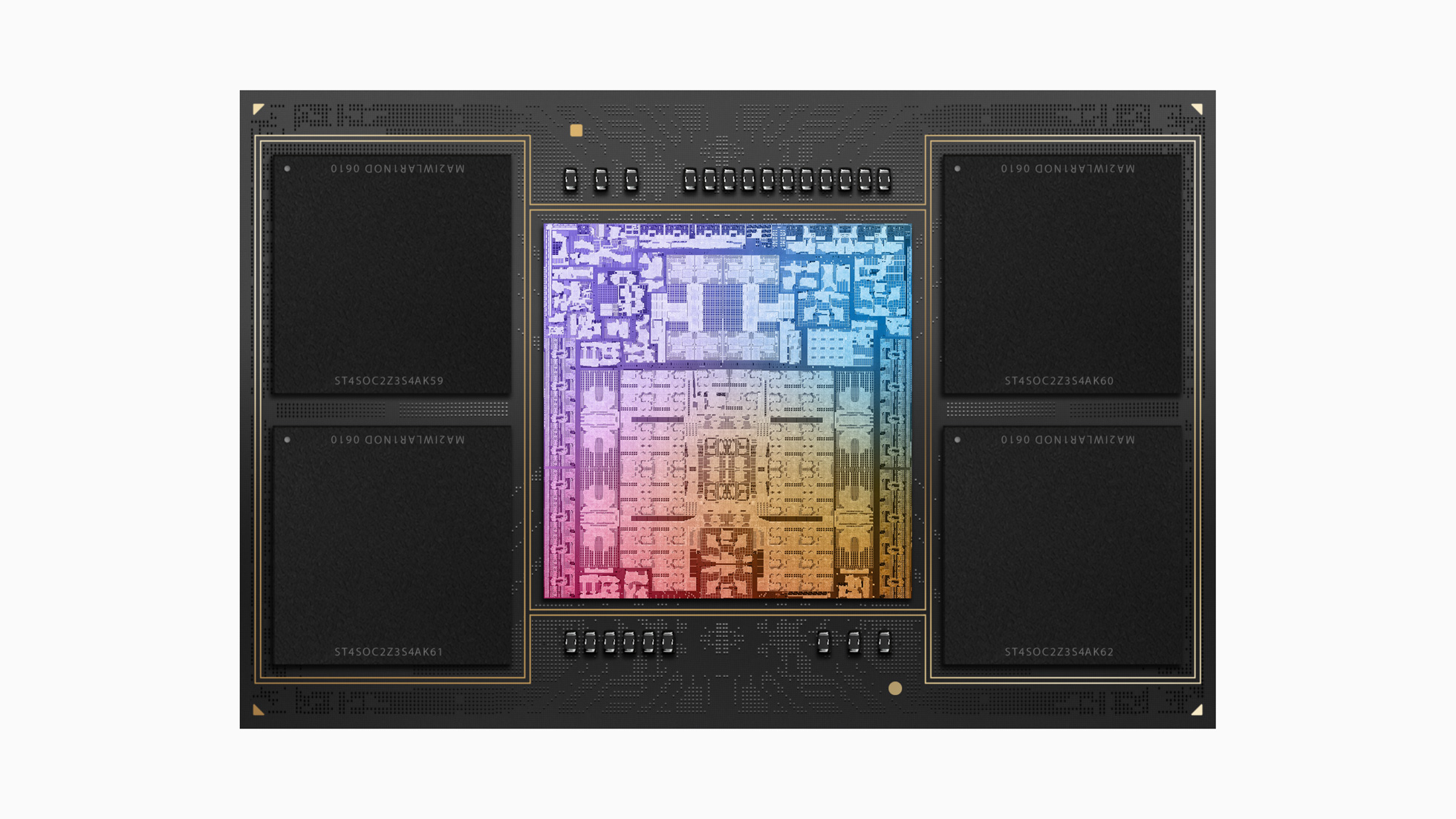
Picture Credit: Apple; M2 Max
The baseline ($1,999) Professional sports activities an M2 Professional chip with a 10-Core CPU, 16-Core GPU, 16GB of RAM and 512GB of storage. The evaluation unit Apple despatched isn’t fairly prime of the road, nevertheless it’s fairly shut. It’s obtained the M2 Max with a 12-Core CPU and 38-Core GPU, 64GB or RAM and 2TB of storage. As configured, it’ll run you $4,100. Should you actually need to go all in, you’ll be able to bump the RAM as much as 96GB and storage to 8TB. Instantly, you’re tipping the scales at $6,300. That’s greater than 3x the price of the bottom unit — a $4,300 improve. In different phrases, you’ll be able to actually trick this child out, nevertheless it’s gonna price you. After which some.
Efficiency is actually mirrored within the Benchmarks. The Max chip hit 1952 on the single-core and 15249 on the multicore GeekBench 5 exams (common of three exams). That’s a very spectacular acquire over 1,922 and eight,974 we obtained with the
The M2 Max: A Powerhouse for Creative Professionals
A Leap Forward in Performance
The latest MacBook Pro models are equipped with the powerful M2 Max chip, a significant advancement over its predecessors. While the M1 Ultra still reigns supreme with a multicore score exceeding 20,000, the M2 Max delivers impressive performance that rivals even desktop-class processors. This leap in processing power opens up exciting possibilities for creative professionals who demand the best from their machines.
The M2 Max boasts an impressive 38 cores, resulting in a GeekBench Steel score of 84,888 – a significant jump over the M1 Max (~64,000-66,000). This translates to smoother workflows for demanding tasks like video editing, 3D rendering, and music production. While the M1 Ultra still edges out the M2 Max in GPU performance with scores exceeding 90,000, the M2 Max comes remarkably close, making it a formidable contender for professionals who rely heavily on graphics-intensive applications.
Cooling System: Built to Handle Demanding Workloads
Unlike the fanless design of the MacBook Air, the new MacBook Pro features an active cooling system with a fan and vents strategically placed on either side of the engraved Apple logo. This robust cooling solution ensures that the device remains cool even under heavy workloads. While everyday tasks won’t necessarily trigger the fan, demanding applications like gaming or video editing will benefit from this efficient heat dissipation.
Real-World Performance: A Smooth and Responsive Experience
The M2 Max delivers a truly impressive performance in real-world scenarios. Gaming on the MacBook Pro was a smooth experience, with titles like Resident Evil Village running effortlessly. Even demanding Steam games were playable, although it’s worth noting that the bottom of the device did get quite warm during extended gaming sessions. For optimal comfort, consider using a cooling pad or playing in a well-ventilated area.
The M2 Max’s performance extends beyond gaming and into creative applications. Tasks like video editing, 3D modeling, and music production were handled with ease, allowing for a seamless and responsive workflow. The combination of raw processing power and efficient cooling makes the MacBook Pro with the M2 Max an ideal choice for professionals who demand the best.
The New MacBook Air: A Performance Powerhouse in a Sleek Package
A Breath of Fresh Air
Apple’s latest iteration of the MacBook Air has arrived, and it’s making waves with its impressive performance boost and sleek design. While previous models were known for their portability and user-friendly interface, this new version takes things to the next level. Powered by Apple’s M2 chip, the new Air delivers a significant jump in processing power, making it ideal for demanding tasks like video editing, graphic design, and even light gaming.
Even with everyday tasks, the difference is noticeable. Opening apps, browsing the web, and streaming content all feel noticeably smoother and faster. For instance, tasks like podcast editing that used to take a bit longer now fly by, making the experience significantly more efficient. This enhanced performance makes the new Air a compelling choice for both professionals and casual users alike.
Beyond Processing Power: A Refined Experience
The upgrades extend beyond just processing power. Apple has also made some subtle improvements to the camera and display. While the webcam remains at 1080p, the image quality is noticeably sharper, thanks to tweaks to the ISP (image signal processor). This means clearer video calls and a more polished look for your online presence.

The display itself remains a highlight, with its vibrant colors and crisp resolution. Whether you’re editing photos, watching movies, or simply browsing the web, the new Air delivers a visually stunning experience.
A Worthy Upgrade
the new MacBook Air is a significant upgrade over its predecessor. With its powerful M2 chip, refined design, and improved display, it’s a compelling choice for anyone looking for a portable and capable laptop. Whether you’re a student, professional, or simply someone who appreciates a great computing experience, the new Air is sure to impress.
The MacBook Pro: A Powerhouse for Productivity
In today’s fast-paced world, having a reliable and powerful laptop is essential for staying productive. The MacBook Pro has long been a favorite among professionals and creatives for its exceptional performance and sleek design. But how does the latest iteration stack up against its predecessors? Let’s dive into a detailed review to explore its strengths and weaknesses.
Camera Capabilities: A Mixed Bag

While the MacBook Pro boasts a high-resolution camera, it’s not quite on par with dedicated webcams. The image quality is decent for video calls, but it lacks the sharpness and detail of external options. However, Apple’s Continuity Camera feature allows you to use your iPhone as a webcam, significantly improving video quality for meetings and presentations.
Battery Life: A Standout Feature
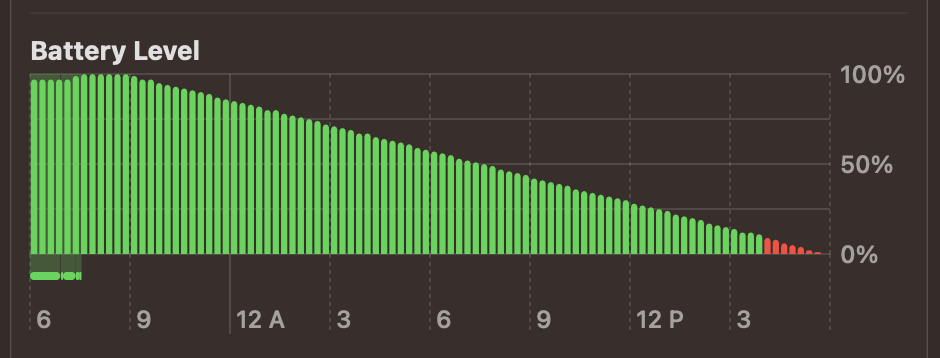
One of the most impressive aspects of the MacBook Pro is its exceptional battery life. With video playback, I was able to achieve an astounding 21.5 hours before the screen shut off, falling just short of Apple’s claimed 22 hours. This makes it ideal for long work sessions or travel.
Performance: A Powerhouse for Demanding Tasks
The MacBook Pro is equipped with powerful processors and ample RAM, making it capable of handling demanding tasks with ease. Whether you’re editing videos, running simulations, or simply browsing the web, the MacBook Pro delivers a smooth and responsive experience.
Conclusion: A Top Choice for Professionals
the MacBook Pro is an excellent choice for professionals who need a powerful and reliable laptop. Its exceptional battery life, impressive performance, and sleek design make it a standout option in its class. While the camera capabilities could be improved, the overall package is undeniably impressive.
The M2 Pro: A Powerhouse for Creative Professionals
Apple’s latest MacBook Pro models, powered by the M2 Pro and M2 Max chips, are pushing the boundaries of what’s possible in a laptop. These machines are designed to handle demanding creative workflows with ease, offering incredible performance and efficiency.
A Leap Forward in Performance
The M2 Pro chip boasts a 10-core CPU and up to a 19-core GPU, delivering significant performance gains over its predecessor. This translates to faster rendering times, smoother video editing, and quicker response times for demanding applications. For professionals who need even more power, the M2 Max offers an impressive 38-core GPU, making it a true powerhouse for complex tasks.
The Future of Mac Performance
Apple’s commitment to innovation is evident in these new chips. They represent a significant step forward in laptop performance and pave the way for even more powerful Macs in the future. While predicting the future of technology can be challenging, it’s clear that Apple is setting the standard for what’s possible.
The M2 Pro: A Perfect Fit for Creative Professionals
While the MacBook Air remains a fantastic option for everyday users, the M2 Pro shines in its ability to handle demanding creative workloads. For professionals who rely on intensive applications like video editing, 3D modeling, and graphic design, the M2 Pro offers the performance and efficiency they need to succeed.
Investing in Your Workflow
The starting price for an M2 Pro MacBook Pro is $1,999. While this represents a significant investment, it’s important to consider the long-term value these machines offer. With their powerful processors, ample RAM, and stunning displays, these laptops are designed to last for years, making them a worthwhile investment for creative professionals.
The Power of Efficiency
While raw processing power is essential, the M2 Pro’s efficiency shines through in everyday tasks. The improved battery life allows for extended work sessions without needing to constantly search for an outlet. This increased productivity can be invaluable for busy professionals who are always on the go.
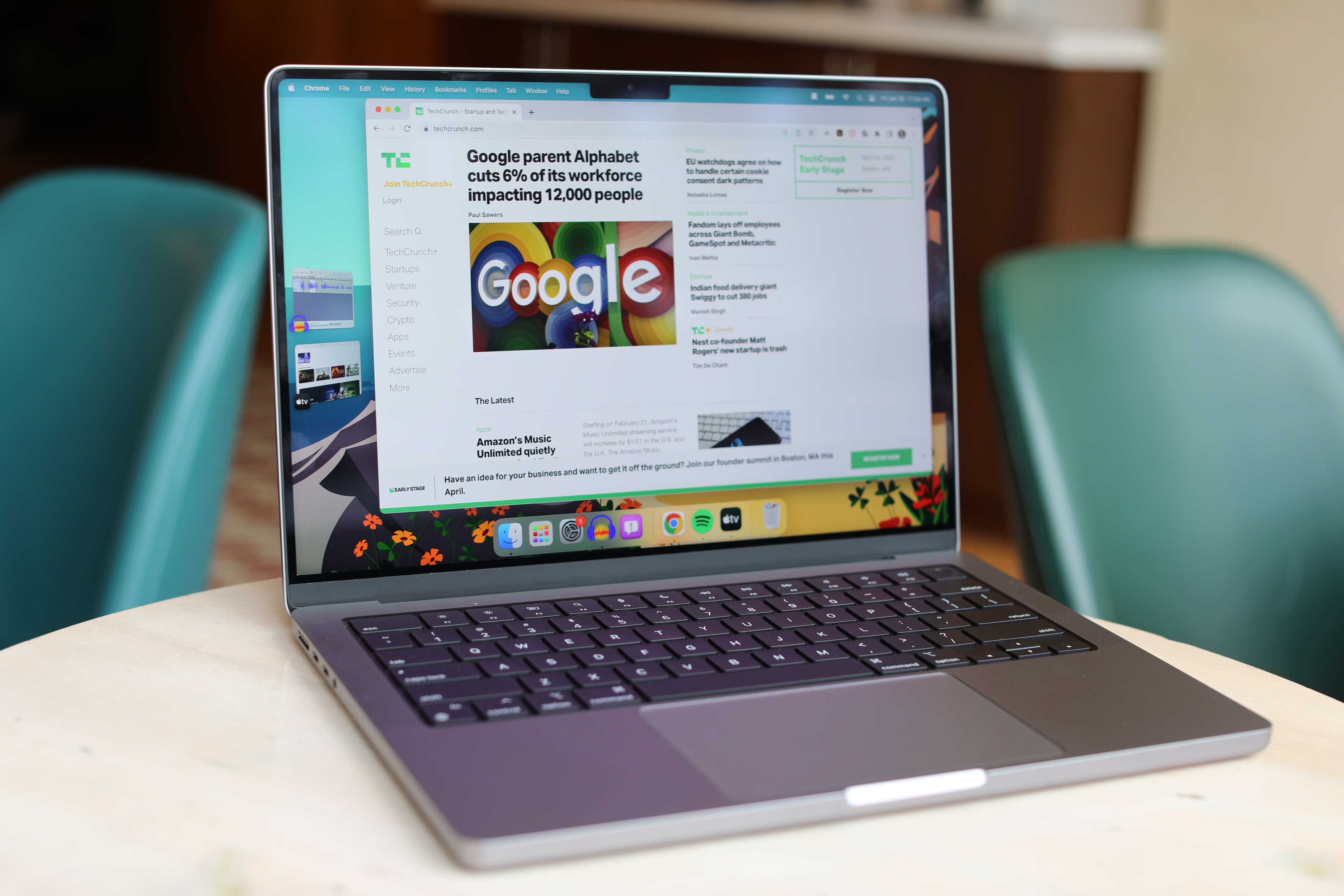
The Powerhouse You Didn’t Know You Needed: A Look at the MacBook Pro

Picture Credit: Brian Heater
The MacBook Pro isn’t just a laptop; it’s a statement. A declaration that power and portability can coexist, that professionals demand the best tools, and that “good enough” simply won’t do. This machine is built for those who push boundaries, who need raw processing power at their fingertips, and who refuse to compromise on performance.
While the sleek and lightweight MacBook Air remains a fantastic choice for everyday users (learn more about its capabilities here), the Pro is a different beast altogether. It’s designed for demanding tasks like video editing, software development, and 3D modeling – activities that require the muscle of a powerful processor and ample RAM.
Think of it this way: the Air is like a nimble sports car, perfect for zipping around town and handling everyday errands. The Pro, on the other hand, is a heavy-duty truck, built to tow massive loads and conquer challenging terrain.
### A Legacy of Performance
The MacBook Pro has always been synonymous with power. From its early iterations to the latest models, Apple has consistently pushed the boundaries of what’s possible in a portable computer. Today’s Pro boasts cutting-edge processors that can handle even the most complex workloads with ease.
This raw processing power translates into tangible benefits for users. Imagine rendering a high-resolution video in seconds instead of hours, or compiling complex code without breaking a sweat. The MacBook Pro empowers you to work faster, smarter, and more efficiently.
### More Than Just Muscle: A Comprehensive Toolkit
The Pro isn’t just about brute force; it’s also packed with features that enhance your workflow. Its expansive display offers stunning visuals and ample screen real estate for multitasking. A full complement of ports ensures seamless connectivity with external devices, while a robust battery life keeps you going all day long.
### Who Needs the Powerhouse?
The MacBook Pro isn’t for everyone. It’s a specialized tool designed for professionals who demand the very best. If you’re a graphic designer, video editor, software developer, or anyone else who relies on demanding applications, the Pro is an investment that will pay dividends in terms of productivity and creativity.
However, if your needs are more modest, the MacBook Air offers a compelling alternative. It’s lighter, more affordable, and still capable of handling everyday tasks with aplomb.
### The Verdict: A Powerful Choice for Professionals
the MacBook Pro is a force to be reckoned with. Its combination of raw power, advanced features, and sleek design makes it the ultimate tool for professionals who refuse to settle for anything less than the best. If you’re looking for a laptop that can keep pace with your ambitions, look no further.

